Shapes of canning jars & old, unused lids
14 years ago
Related Stories

FIREPLACESA Dozen Ways to Style an Unused Fireplace
You'll hardly miss the flame when your firebox glows with twinkle lights, frames an art object or stores magazines
Full Story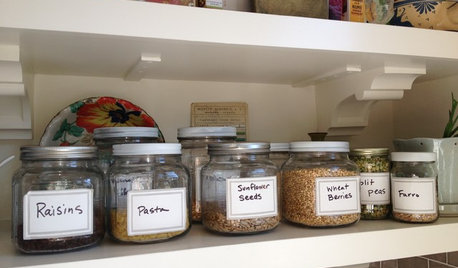
KITCHEN STORAGEArtful Organizers: Jars for Pretty Pantry Displays
Ditch the disheveled look of mismatched boxes and bags for colorful or clear pantry jars in an appealing arrangement
Full Story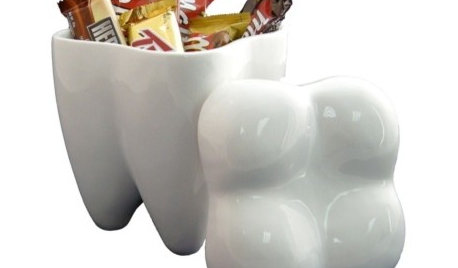
PRODUCT PICKSGuest Picks: There’s a Cookie Jar for Everyone
Feed conversations as much as your sweet tooth with a fun cookie jar on the kitchen counter
Full Story
HEALTHY HOMEHow to Childproof Your Home: Expert Advice
Safety strategies, Part 1: Get the lowdown from the pros on which areas of the home need locks, lids, gates and more
Full Story
ACCESSORIES9 Fresh Ways to Use Classic Blue and White Ceramics
Add a crisp, clean touch to a room with a china or porcelain jar — or a collection of them
Full Story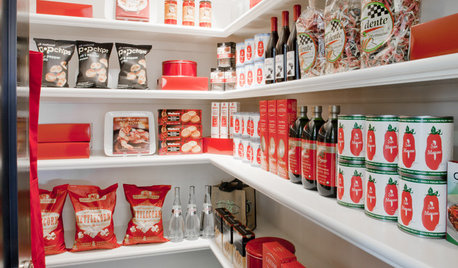
KITCHEN STORAGEGet It Done: How to Clean Out the Pantry
Crumbs, dust bunnies and old cocoa, beware — your pantry time is up
Full Story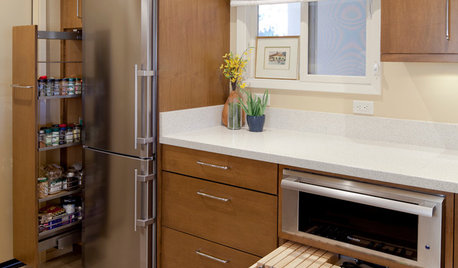
ORGANIZINGYour Total Home Organizing and Decluttering Guide
Take it slow or be a speed demon — this room-by-room approach to organizing and storage will get your home in shape no matter how you roll
Full Story
DECORATING GUIDESStroke of DIY Genius: 20 Cool Graphic Art Ideas
Typography, original art and geometric shapes shine in these crafty and clever homeowner projects
Full Story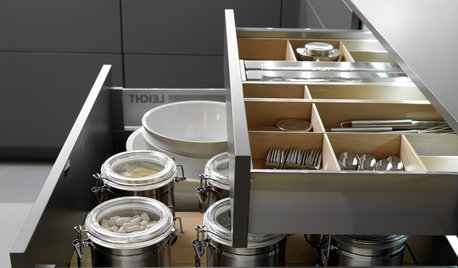
KITCHEN DESIGN12 Great Ideas for Organization In the Kitchen
Spring cleaning? Here's how to whip your kitchen into shape
Full Story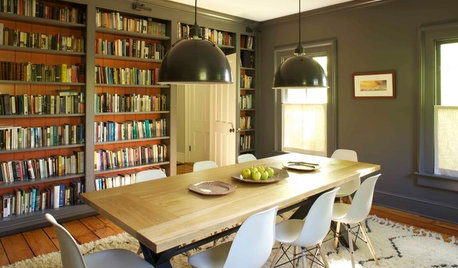
DECORATING GUIDES12 Deadly Decorating Sins
Are your room designs suffering from a few old habits? It may be time to change your ways
Full Story






digdirt2
lisapatOriginal Author
Related Professionals
Maple Valley Landscape Architects & Landscape Designers · Leawood Landscape Architects & Landscape Designers · Oconomowoc Landscape Architects & Landscape Designers · Clermont Landscape Contractors · Woburn Landscape Contractors · Costa Mesa Landscape Contractors · Morrisville Landscape Contractors · Pahrump Landscape Contractors · Paramount Landscape Contractors · Eastlake Landscape Contractors · Portage Roofing & Gutters · Lexington Roofing & Gutters · Chicago Ridge Roofing & Gutters · Hillcrest Heights Roofing & Gutters · Murray Roofing & Guttersreadinglady
annie1992
lisapatOriginal Author